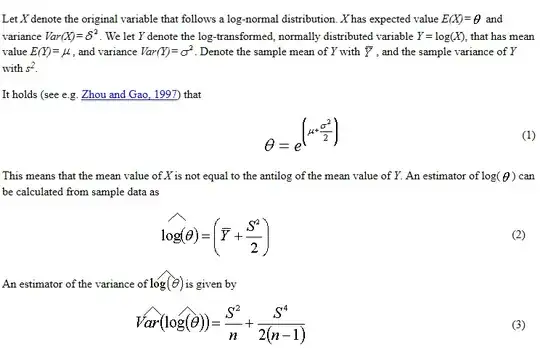In a normal distribution ,as far as I know distribution represents frequency of sth.But then how come normal distribution y-axis becomes
If distribution y-axis doesnt represent frequency, the what is central limit theorem.The central limit theorem y-axis represents the frequency of mean samples.Shouldnt it represent the above formula to satisfy a normal distribution
